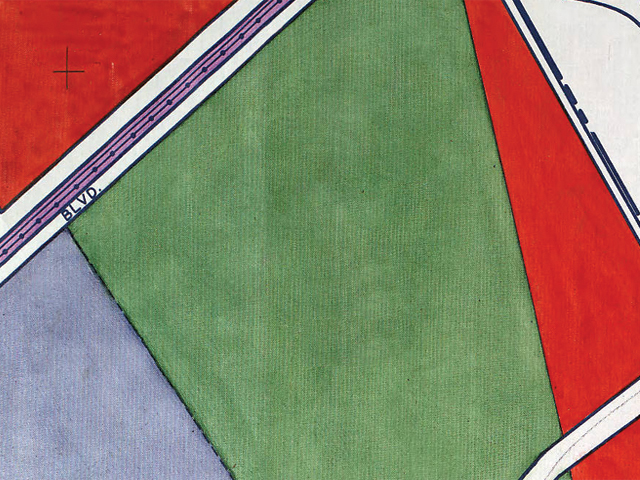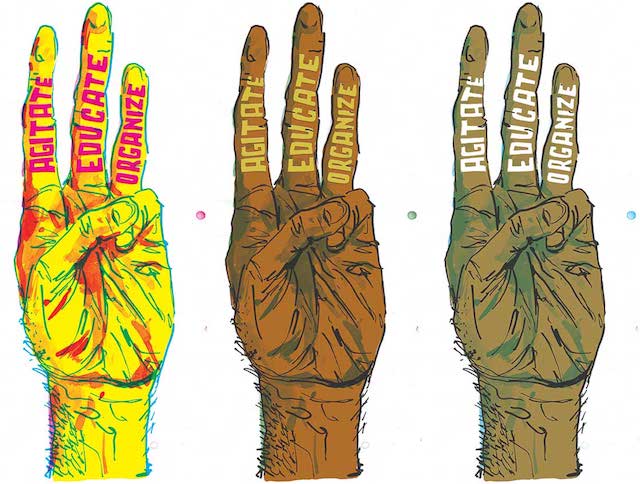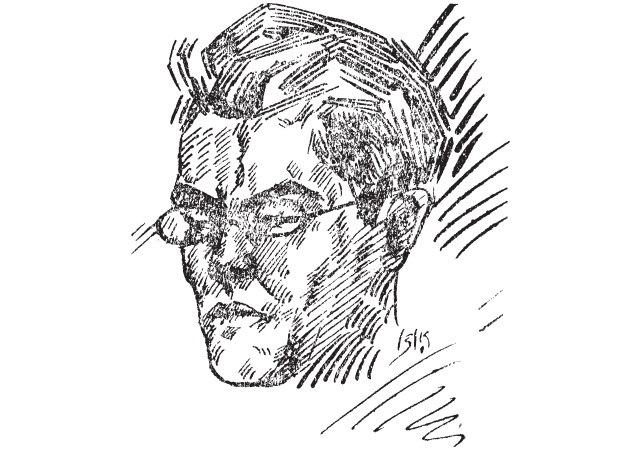Urban university politics, labor strikes, skateboard tricks, probably-canned broth, and more.

September 23, 2016
Following past link roundups, we’re continuing to navigate our relationships to organizing and community — this time, through American cityscapes. Traversing through the metropoles of Los Angeles, New York, and Jackson, we’re taking a moment to think about ethnic enclaves, patriotism, and buried histories in and of the city. Move through for more to add onto your weekend reading list!
The Other Asians by Viet Thanh Nguyen
In Los Angeles Magazine, Viet Thanh Nguyen charts Little Saigon in relation to the landscape of Asian American enclaves throughout the Greater Los Angeles area, and tells us why you just can’t get a worthwhile bowl of pho in Silver Lake.
Historical tides of discrimination, exclusion, and self-segregation have led to these colorful concentrations of real estate. They are evidence of marginalization, of people pushed into pockets and rendered invisible by a dominant American society that has not wanted to see them—except in times of crisis, when they become hyper-visible. In bonding together, marginalized people make themselves visible but on their terms, allowing them to literally capitalize on the ethnocentrism and racism that have characterized their history.
In the case of Vietnamese Americans, we arrived here as refugees beginning in 1975. The majority of Americans did not want us, so we settled where we could, and the area that would become Little Saigon was cheaper than L.A. Many of the white people in Orange County didn’t want us, either, but they couldn’t stop us from building an ethnic base. Now that is our place relative to L.A. and in the American imagination, consigned to our strategic hamlet in the suburbs.
Content warning in the following piece for drugs.
Make Skating Radical Again by Amara Thomas
Amara Thomas interviews members from skate crews The Skate Kitchen and The Brujas as well as Emily Tarnacki for The Fader on marginalization, gender, and learning how to ollie.
Over the past year, there has been a rise in the representation of women-identifying skaters and crews on the internet. Social media platforms such as Instagram have provided marginalized skaters with the means to create their own narratives and communities outside of the mainstream, hegemonic skate world. It’s allowed groups such as Chicago’s Get Born crew, L.A.’s Meow Skateboards, and even Girl’s Skate India to have visibility and encourage others who don’t fit the typical definition of a skater to give the sport a try. It is through social media that many New York-based woman skaters and woman-led skate crews have been able cultivate a following and create a presence within the city’s male-dominated skate scene.
eye burfi
A Tumblr-based collection of creative work by South Asian artists.
South Asian / Indian art, illustration, graphic design & typography.
What I Pledge Allegiance To by Kiese Laymon
Kiese Laymon in The Fader reflects on American patriotism, the aftermath of 9/11, and growing up Black in Mississippi, with unapologetic honesty.
I am a black Mississippian. I am a black American. I pledge to never be passive, patriotic, or grateful in the face of American abuse. I pledge to always thoughtfully bite the self-righteous American hand that thinks it’s feeding us. I pledge to perpetually reckon with the possibility that there will never be any liberty, peace, and justice for all unless we accept that America, like Mississippi, is not clean. Nor is it great. Nor is it innocent.
The Bombings of America That We Forgot by Bryan Burrough
Bryan Burrough explores the ubiquity of bombing attacks from 1970 to 1980 and its omittance from today’s collective American memory, in Time.
The underground groups of the 1970s were a kind of grungy, bell-bottomed coda to the protests of the 1960s; their members were mostly onetime student leftists who refused to give up the utopian dreams of 1968. While little remembered today, there was a time during the early 1970s when the U.S. government—the Nixon Administration—considered these groups a genuine threat to national security. Alarmed by a series of Weatherman attacks, Nixon told J. Edgar Hoover during a June 1970 Oval Office meeting that “revolutionary terror” represented the single greatest threat to American society. Hoover promised to do what he could, which wasn’t much.
Content warning in the following piece for murder.
Ghazal, After Ferguson by Yusef Komunyakaa
Yusef Komunyakaa’s poem takes us to the streets, posted on Rabih Alameddine’s blog, The Art Divas.
Grandmaster Flash’s thunderclap says
he’s not the grand jury in the streets,says he doesn’t care if you’re big or small
fear can kill a man on the streets.Take back the night. Take killjoy’s
cameras & microphones to the streets.
Live Updates from the National Prisoner Strike by Isabelle Nastasia
Keep yourself in touch with Isabelle Nastasia’s live updates on Mask Magazine from both sides of the wall during the ongoing National Prisoner Strike, begun on September 9th, 2016.
After a call to action to end slavery in America by the Free Alabama Movement (FAM) with “Let the Crops Rot in the Fields,” and tireless organizing on the part of IWW-IWOC, FAM, and other prisoner solidarity groups, people on the inside are leading a national work-stoppage on this, the anniversary of the 1971 Attica prison uprising.
Representing Crisis by Elizabeth Newton
In response to growing attention toward CUNY’s cutbacks and worker maltreatment, Elizabeth Newton calls for a reorientation of our assessment of the situation’s source away from the student body and toward institutional critique, for the New Inquiry.
For better or worse, CUNY students are widely perceived as impoverished. “The biggest problem City College has faced over the years is the shame that goes with poverty,” writes professor of music Stephen Jablonsky, who has taught at City College of New York, since 1964. Not poverty itself, but the knowledge of how poverty is perceived by the public — a process of distortion by which students find their conditions of existence stigmatized, but rarely historicized.
Such depictions may spread awareness of marginalization at CUNY campuses, but they conceal contexts of social stratification and student struggle. Their myopic focus — on institutional failings and student striving — risks naturalizing austerity policies.



